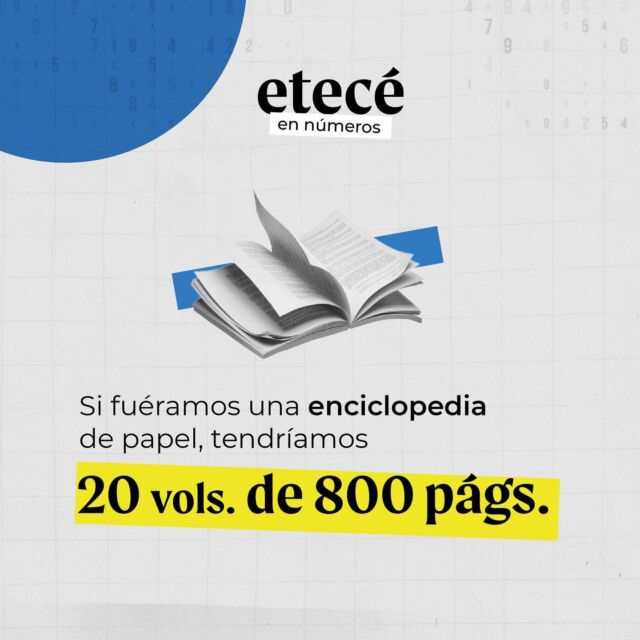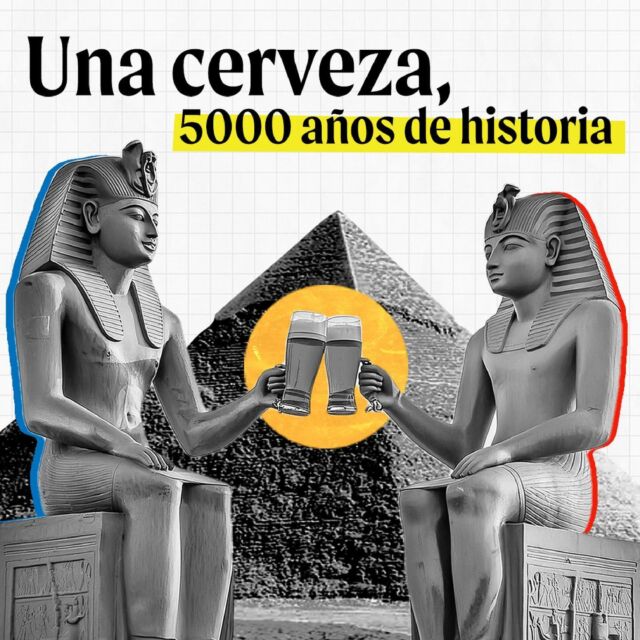We explain what an intelligent organization is and its importance. In addition, we explore its main characteristics, the five disciplines and more.

What is an intelligent organization?
An intelligent organization is a type of company that maximizes its experiences through a continuous and systematic learning process. The aim is to use knowledge as a resource to make an organization more competitive and better able to adapt to constant change.
An intelligent organization, also called a "learning organization", is characterized by creating a corporate culture based on the development of human resources as a whole, both employees and customers, and on the interpretation of experiences from different viewpoints.
For example: an intelligent organization seeks to learn from daily experiences to improve work teams performance, their processes and their ability to adapt to market changes.
- See also: Organizational culture
Importance of an intelligent organization
The main importance of an intelligent organization is that it values every member in each work area. It creates space for learning, commitment, incentive, and trust in each individual to bring out the best in them.
This benefits organizational environment, ultimately having a positive impact on productivity.
Differences between an intelligent and a traditional organization
The main differences between an intelligent and a traditional organization are:
- Intelligent organizations employ methods that foster professional growth, such as career plans, promotions and salary raises based on seniority or performance. While there are intelligent organizations with vertical management structures, employees are nevertheless involved in corporate decisions through multiple communication channels. In addition, in intelligent organizations the assessment and understanding of customer satisfaction is of great importance as a resource to gain greater competitive advantage.
- Traditional organizations, on the other hand, have hierarchical, bureaucratic and dictatorial systems where the valid decisions and opinions are those of management, while employees’ individual potential for decision-making is not taken into account.
Characteristics of an intelligent organization

The main characteristics of an intelligent organization include:
- People, both the members of the organization and customers, are the most valuable resources.
- Organizational culture promotes the rights and access to information for all members, with the objective of strengthening a mutual commitment that lasts over time.
- The application of new technologies for the digitalization of processes and communication channels that allow feedback.
- Learning and training networks are a resources that promotes ideas and encourages employees’ initiative for teamwork, and not just for individual merit.
- Companies profit from developing employees and customers’ individual potential.
- Internal tasks are divided according to two variables: organizational structure and individuals’ capabilities.
- The organization's ability to learn from itself allows it to create and innovate in order to be more competitive.
The five disciplines
The Fifth Discipline: The Art and Practice of the Learning Organization is a theory published in 1990 by American engineer, writer and professor Peter Senge (1947).
It consists of a series of key techniques aimed at changing the way organizations operate in order to become more effective and successful. Senge argues that "a systematic vision can change everything around us, both in our personal and professional lives".
The five disciplines proposed by Senge are:
- Personal mastery. It involves learning to enhance the individual capabilities of all employees, create commitment towards the organization, and encourage them to achieve what they set out to do.
- Mental models. It involves identifying current models or paradigms to reflect and seek continuous improvement in the organization's processes (as a quality standard), even in the absence of problem scenarios. It is a practical way of perceiving reality, both to anticipate possible problems, and to seek out to improve and become more competitive.
- Shared vision. It involves strengthening group commitment and guiding it towards the achievement of a common goal. It is not enough for employees to be highly qualified for a position; their goals and ambitions must be aligned with the organization's mission to optimize production.
- Team learning. It involves encouraging and understanding that the organization’s success depends on the sum of individual talents, and not just on the capacity of a few specialized people.
- Systematic thinking. It involves learning to analyze and to think each daily task in different ways. It is the primary technique that applies and integrates all the other four.
References
- "Fundamentos del comportamiento organizacional" Robbins, S. P., & Judge, T. A. (2009). 13ra. Edición. Pearson. México.
- "La quinta disciplina en la práctica" Senge, P. M. (2005). Ediciones Granica SA.
- "Las organizaciones inteligentes" León, R., Tejada, E., & Yataco, M. (2003). Industrial data, 6(2), 82-87.
- "Capital humano, ¿Qué es una organización inteligente?" Barcelo, J. C. (2021). Blog de Recursos Humanos.
Related articles:





Was this information useful to you?
Yes NoThank you for visiting us :)